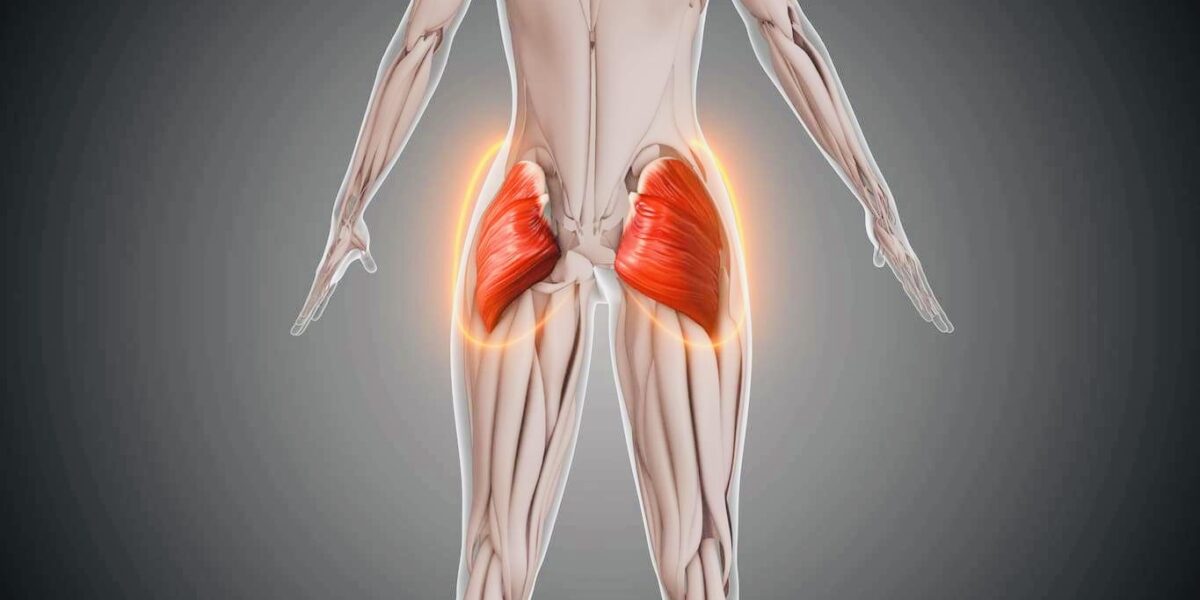By Sumaiya Farheen and Andrew Siyabalawatte, July 2023.
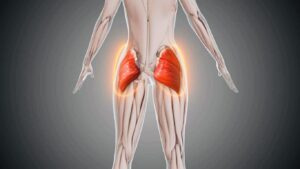
The gluteus maximus is the largest and most superficial gluteal muscle, shaping the buttocks and supporting hip movement. It plays a key role in walking, running, and stability. However, a pulled glute muscle can be painful, restricting mobility and daily activities. Healing and recovering from muscle strains properly is crucial to restoring strength and flexibility, ensuring a faster return to movement.
The Most Common Muscle Strains
A muscle strain, also known as a pulled muscle, occurs when the muscle fibers are stretched or torn due to excessive or sudden force. It can happen during physical activities or sports that involve repetitive motions, overuse, or sudden movements. Muscle strains commonly occur in the muscles of the lower back, neck, shoulder, hamstring, and calf.

First and foremost, it’s crucial to allow your body ample rest. Resting is not a sign of weakness but rather a smart strategy for recovery. By giving your muscles the chance to heal, you’ll prevent further strain and promote faster regeneration. Remember, rest doesn’t mean complete inactivity; gentle movements and light stretching can actually enhance blood flow and aid in the recovery process.
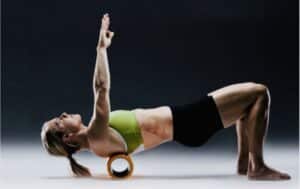
Active recovery techniques, such as foam rolling and gentle stretching, can also aid in speeding up the healing process. These activities increase blood flow, enhance flexibility, and alleviate muscle tightness. However, it’s crucial to perform these exercises with caution and avoid overexertion, as it can potentially worsen the strain.
Glute Muscle Pull

The recovery time for a pulled glute muscle can vary depending on the severity of the strain. Generally, a mild to moderate pulled glute muscle recovery can take time. However, more severe strains may require a longer recovery period, possibly several months.
During the initial stage of recovery, the R.I.C.E. method (Rest, Ice, Compression, Elevation) can be helpful. Rest the affected muscle by avoiding activities that exacerbate the pain. Applying ice packs or cold compresses for 15-20 minutes several times a day can help reduce swelling and inflammation. Compression, through the use of an elastic bandage or compression garment, can provide support and stability to the injured area. Elevating the leg while resting can also assist in reducing swelling.
Calf Muscle Tear
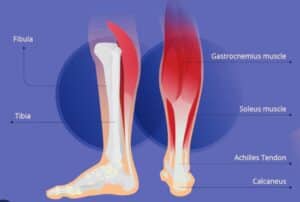
The recovery time for a pulled calf muscle, also known as a calf muscle strain or tear, can vary depending on the severity of the injury. Calf strains are typically classified into three grades-
For a grade 1 calf strain, the recovery time is usually around 1-3 weeks. Grade 2 strains may take 4-6 weeks to heal, while grade 3 strains, being the most severe, can take 3-4 months or more for complete recovery.
What Is The Recovery Time For A Torn Calf Muscle?

Recovering from a torn calf muscle varies from weeks to months. Stages include rest and swelling management, gentle exercises, targeted rehabilitation, and a gradual return to normal activities.
Muscle Spasm In Shoulder

Overuse is the most common cause of muscle spasms in the shoulder. Poor preparation, like an improper warm up before activity is also a significant contributing factor to muscle spasms. Stretching and hot and cold compress are two of the best ways to help relieve a muscle spasm.
If the muscle spasm is the result of an injury, the recovery time for a shoulder muscle injury can vary depending on the specific muscle involved, the severity of the injury, and individual factors. It’s important to note that the shoulder is a complex joint with multiple muscles, tendons, and ligaments, so the recovery time can vary significantly depending on the specific injury.
Chiropractor To Help Recovery From Shoulder Pain
Chiropractic care for shoulder pain can be an effective, side-effect-free way to address muscle strains in the shoulder and also many other conditions associated with the shoulder such as Frozen Shoulder, Bursitis, Tendonitis and Arthritis.
How To Sleep With An Intercostal Muscle Strain
The intercostal muscles can sustain a strain from sports that require intense upper body effort. Those that participate in sports such as tennis, cricket and baseball e.g. pitching in baseball, which involve significant twisting of the torso through the upper body, are more at risk of developing intercostal muscle strain.
The intercostal muscles can also be strained from one-time injuries or from repetitive movements, such as coughing, painting a ceiling, or chopping wood.
The most common symptom is localized pain around the tender area, that may worsen when you use your intercostal muscles, such as when you take a deep breath or cough.
The ideal sleep position should keep the spine properly aligned, with the torso in a neutral position. Depending on where the affected muscle is, applying pressure by side lying on the affected side (prevents deep breathing) may be the best position to help you breathe without pain and to help with the recovery.
Treatment For Muscle Strains

Osteopath For Shoulder Pain
Osteopaths can assess and treat muscle-related pain by employing hands-on techniques to restore muscle balance, flexibility, and function.
They may use manual therapy, such as soft tissue manipulation and myofascial release, to alleviate muscle tension and improve circulation.
They can also address underlying issues contributing to muscle pain, such as joint restrictions or imbalances in other parts of the body, by providing specific exercises or stretches to enhance muscle recovery and prevent further injury.

Physiotherapy
Physiotherapists are experts in muscle rehabilitation and can help with muscle recovery pain through various interventions.
They may use therapeutic exercises and stretching programs tailored to the individual’s needs to strengthen muscles, improve flexibility, and enhance endurance.
They can provide guidance on proper movement patterns to prevent muscle imbalances and optimize recovery.
Including manual therapy techniques to address muscle tightness or trigger points.
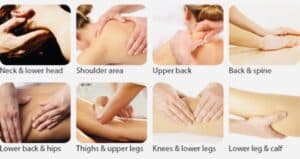
Massage Therapy
Massage therapists specialize in relieving muscle tension and promoting relaxation, which can aid in muscle recovery.
They use various massage techniques, such as deep tissue massage or sports massage, to target specific pulled glute muscles and release tension.
Massage therapy improves blood circulation, helping to flush out metabolic waste products from the muscles and supply them with essential nutrients for healing.

They have keen ability to identify on knots or trigger points within muscles that may contribute to pain and restricted movement.
Regular massage sessions can help manage muscle soreness, improve range of motion, and support overall pulled glute muscle recovery.
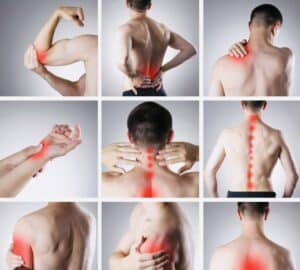
Combining therapies can be effective in treating muscle recovery pain, considering individual preferences and the specific nature of the condition.

